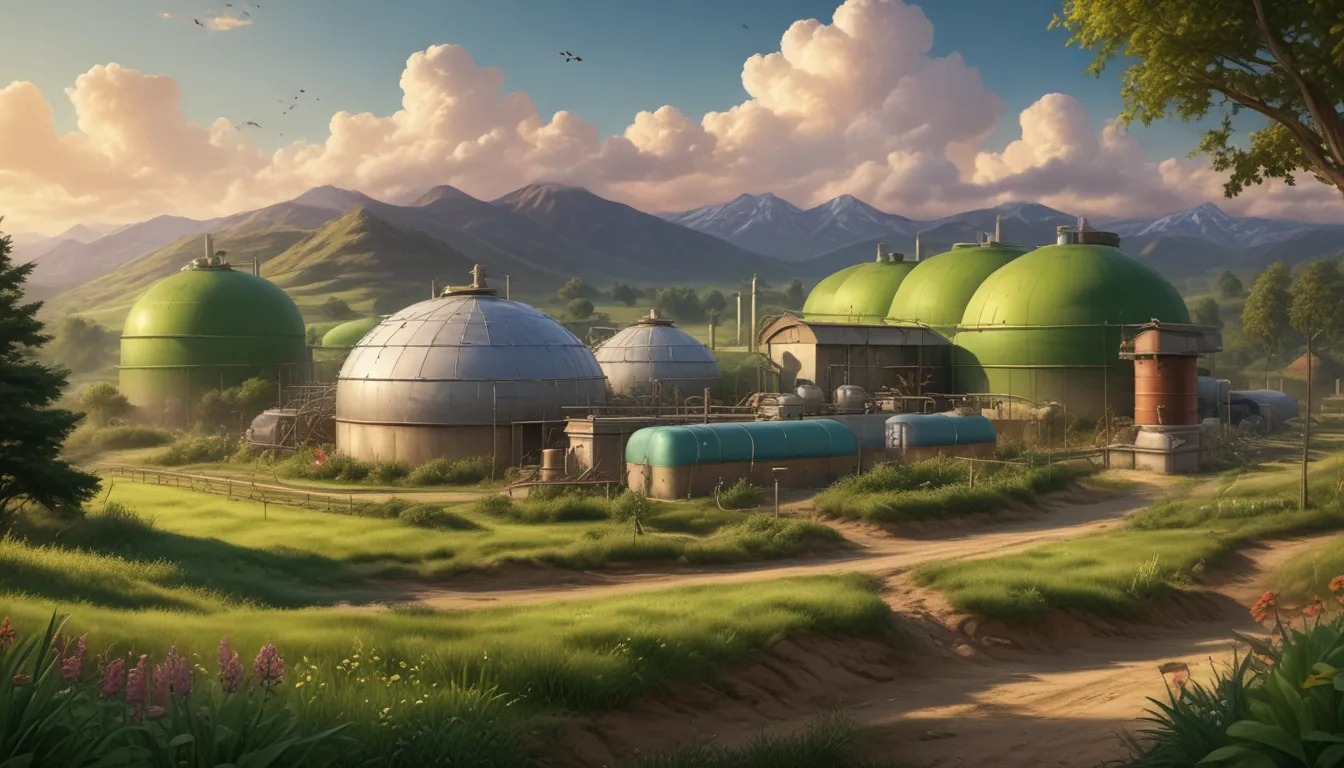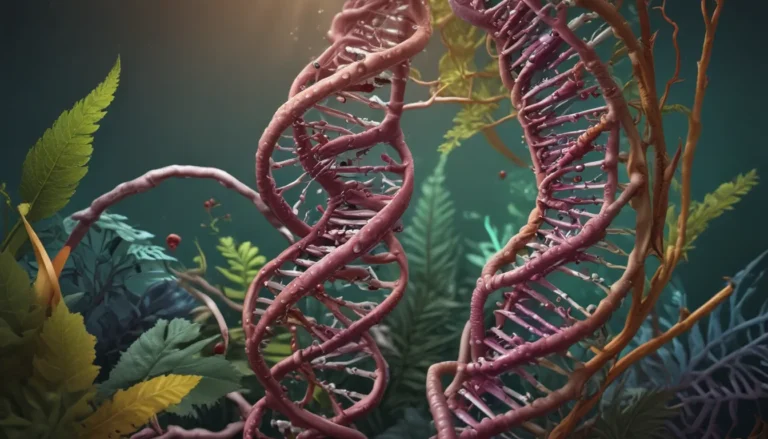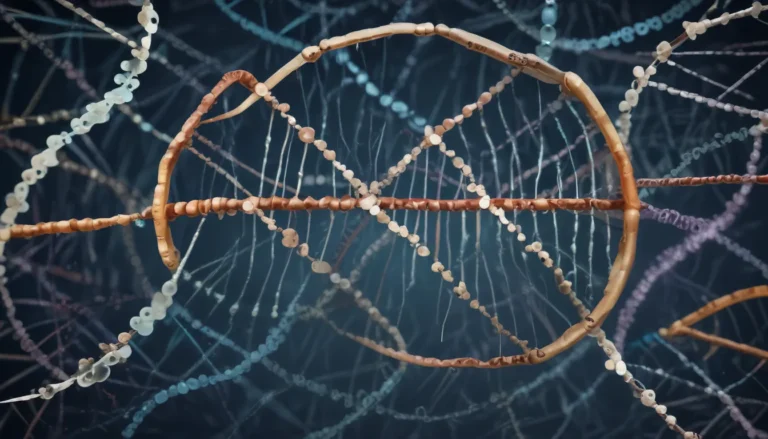A Note About Images: The images used in our articles are for illustration purposes only and may not exactly match the content. They are meant to engage readers, but the text should be relied upon for accurate information.
Biogas, a renewable energy source derived from organic waste materials, is revolutionizing the way we think about sustainable energy solutions. From reducing greenhouse gas emissions to supporting agricultural practices, biogas offers a multitude of benefits that make it a key player in the transition towards a greener and more sustainable future. Join us as we delve into the enigmatic world of biogas and uncover 17 fascinating facts that shed light on its advantages, production processes, and potential applications.
Unveiling the Mystery of Biogas
Biogas is a renewable energy source produced through the anaerobic digestion or fermentation of organic materials such as plant and animal waste. It primarily consists of methane and carbon dioxide, along with trace elements of other gases. This sustainable energy source not only helps in waste management but also offers a range of applications in heating, cooking, electricity generation, and even vehicle fuel.
The Process of Biogas Production
Biogas is produced in a biogas digester, where organic matter is broken down by bacteria in the absence of oxygen, resulting in the release of biogas. This process utilizes a variety of organic materials, including agricultural waste, food scraps, sewage sludge, and energy crops.
A Renewable and Eco-Friendly Alternative
One of the key advantages of biogas is its renewable nature, as it is derived from organic materials that can be continuously replenished. Moreover, biogas is environmentally friendly, as it helps reduce greenhouse gas emissions by capturing and utilizing methane that would otherwise be released into the atmosphere.
-
Biogas can be used for heating, cooking, and even generating electricity through the use of biogas-powered generators or combined heat and power systems. This versatile energy source offers a sustainable alternative to traditional fossil fuels in both residential and commercial settings.
-
Farmers can benefit from biogas production by utilizing agricultural waste and manure in biogas digesters. This not only helps in waste management but also reduces odors, controls pests, and improves soil and water quality on farms. Additionally, the generated biogas can provide energy for farm operations, thereby reducing energy costs.
Exploring the Potential of Biogas
The potential for biogas production is immense worldwide, with increasing focus on renewable energy sources and sustainable development. Biogas has the potential to meet energy demands while mitigating the environmental impact of traditional energy sources. By capturing methane gas from organic waste and effectively using it as biogas, the industry plays a crucial role in reducing methane emissions and combating climate change.
Embracing Biogas for a Sustainable Future
From reducing methane emissions to creating job opportunities and supporting sustainable development, biogas presents a compelling case for a greener and more sustainable future. By harnessing the power of organic waste materials, biogas not only offers a renewable energy source but also promotes waste management, enhances energy security, and supports sustainable agriculture practices.
Conclusion: Embracing the Power of Biogas
Biogas is more than just a renewable energy source – it’s a catalyst for change towards a cleaner and healthier environment. By utilizing organic waste materials to produce biogas, we can reduce our dependence on fossil fuels, manage waste effectively, and create a more sustainable future for generations to come. The versatility and benefits of biogas make it a valuable asset in our quest for environmental sustainability and energy efficiency.
FAQs: Answering Your Burning Questions
-
What is biogas?
Biogas is a renewable energy source produced through the anaerobic digestion of organic matter. -
How is biogas produced?
Biogas is produced through a process called anaerobic digestion, where organic matter such as agricultural waste, sewage, or food waste is broken down by bacteria in the absence of oxygen. -
What are the main components of biogas?
The main components of biogas are methane and carbon dioxide, with traces of other gases such as hydrogen sulfide. -
What can biogas be used for?
Biogas can be used for heating, generating electricity, and as a vehicle fuel. -
How does biogas help the environment?
Biogas helps the environment by reducing greenhouse gas emissions and promoting sustainable waste management practices. -
Is biogas a sustainable energy source?
Yes, biogas is considered a sustainable energy source as it is produced from organic waste materials that can be continuously replenished. -
Can biogas be produced at home?
Yes, small-scale biogas systems can be installed at homes or farms for personal use. -
Are there any drawbacks to using biogas?
One drawback of using biogas is the initial investment required for setting up anaerobic digestion systems. -
Are there any safety concerns associated with biogas?
Biogas can be flammable and should be handled with care, with proper safety precautions in place. -
Is biogas widely used around the world?
Biogas is increasingly recognized as an important renewable energy source and is being adopted in many countries, although usage may vary depending on local policies and infrastructure.
Explore the world of biogas and unlock the potential of this sustainable energy source in shaping a greener and more sustainable future. Join us as we embrace the power of biogas and pave the way towards a cleaner and healthier environment for all.




